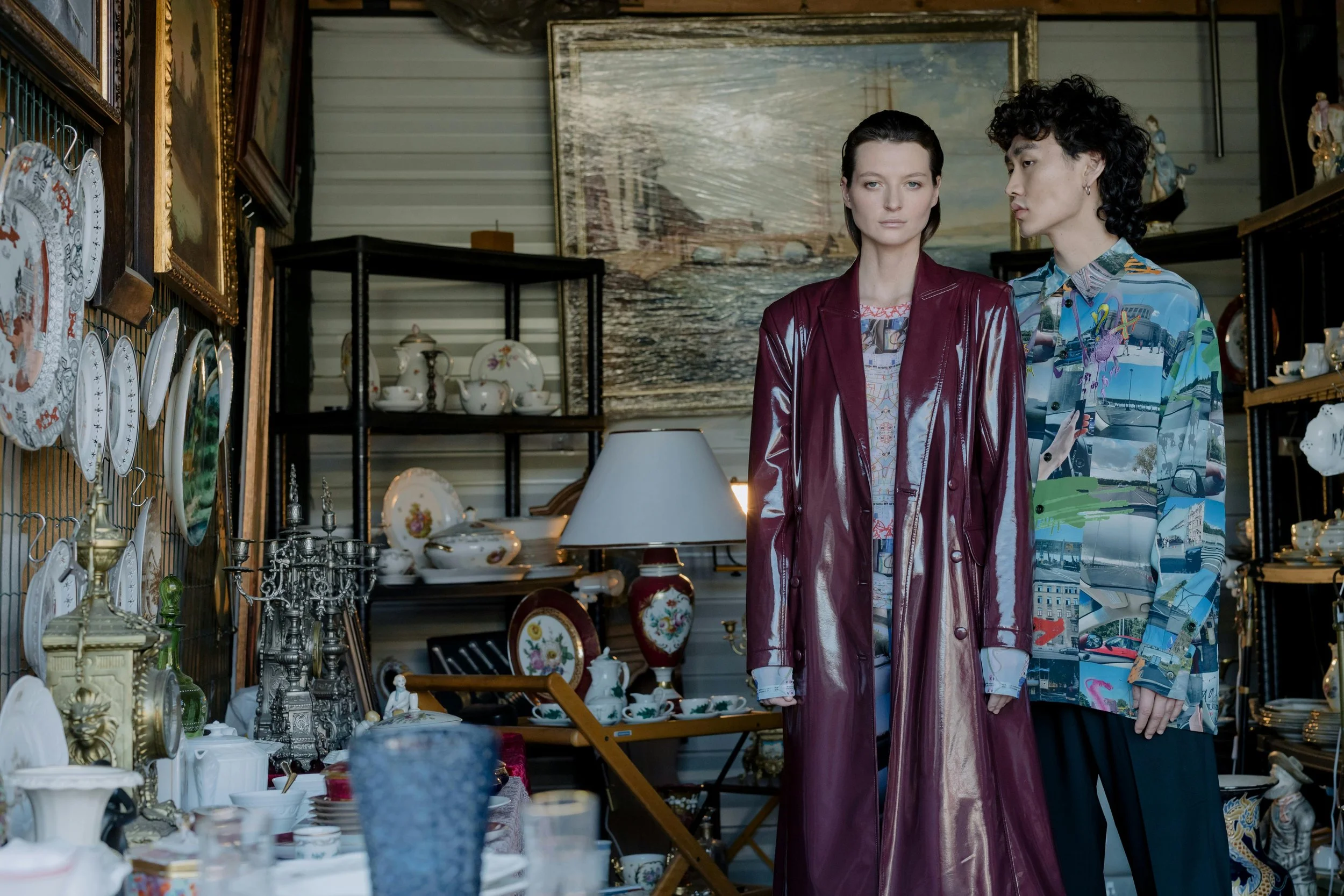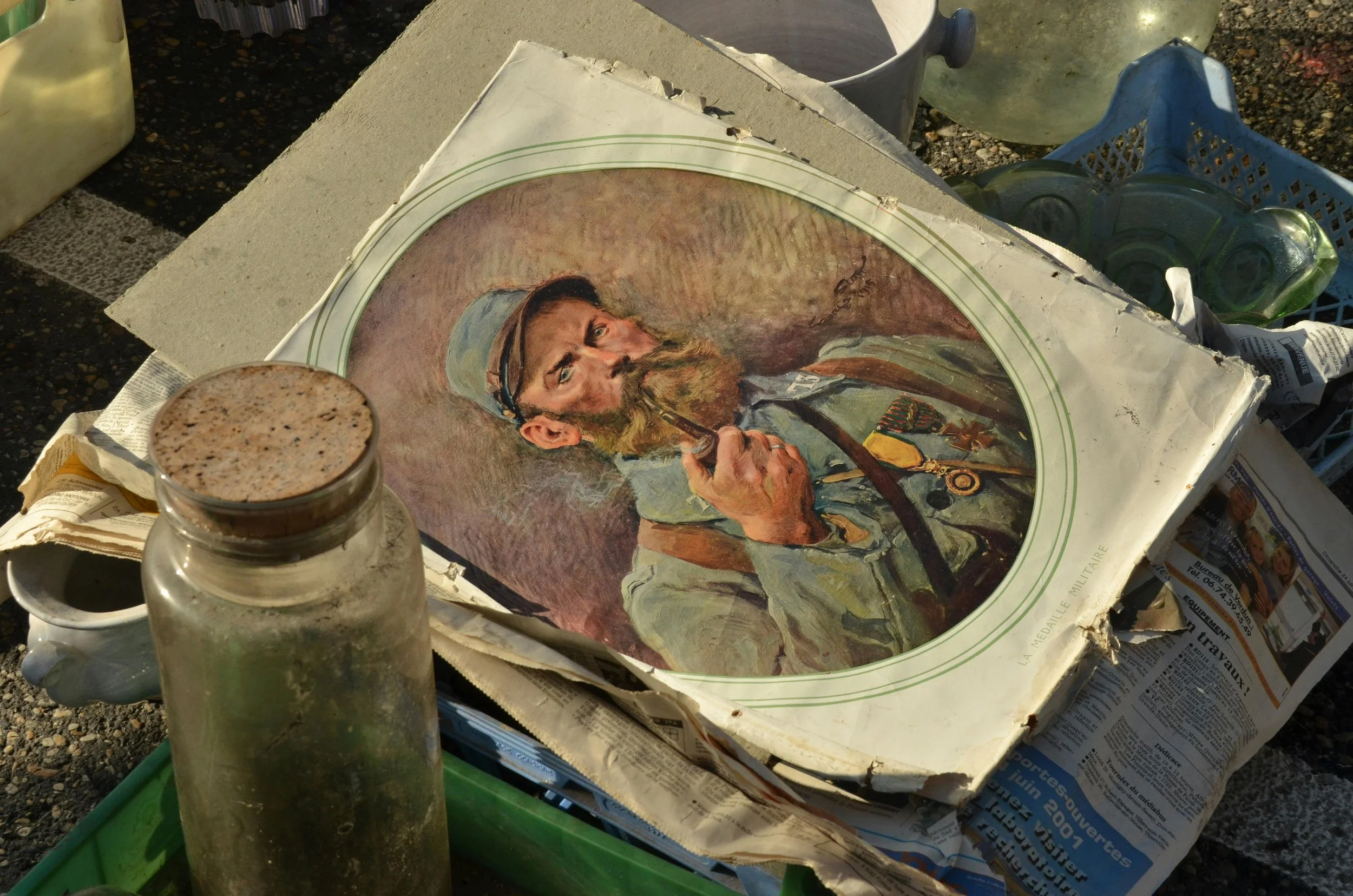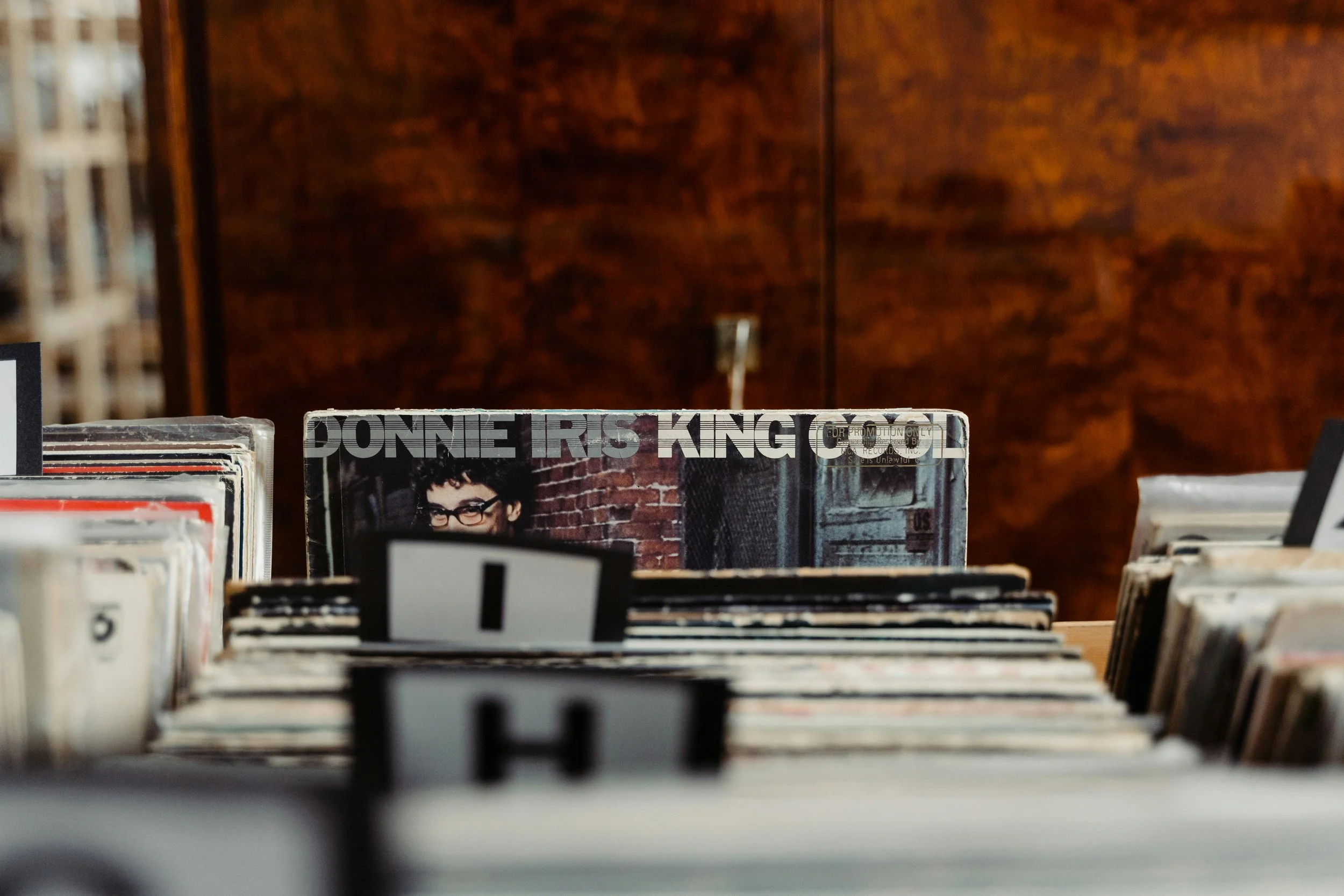Make the most of your visit to the Paris flea market
The Paris Flea Market, officially known as Les Puces de Saint-Ouen, represents one of the most extraordinary shopping experiences in Europe. As the largest antique market in the world, this sprawling 7-hectare complex in the northern 18th arrondissement attracts over 5 million visitors annually, ranging from serious antique dealers to casual tourists seeking unique souvenirs.
What makes this market truly special is its remarkable history dating back to the late 19th century, when ragpickers (chiffoniers) would sell their finds at the city's edge. Today, the market has evolved into a sophisticated network of 15 specialized markets housing more than 2,500 professional dealers, many of whom are third-generation antique specialists. The variety is staggering - from museum-quality 18th-century furniture to mid-century modern design pieces, from vintage Chanel handbags to rare first edition books.
For first-time visitors, the experience can be overwhelming without proper preparation. Whether you're an interior designer sourcing pieces for clients, a vintage fashion enthusiast, or simply looking for that perfect Parisian souvenir, understanding the market's rhythms and specialties will transform your shopping experience from frustrating to fabulous.
Strategic Timing: When to Visit the Paris Flea Market
Understanding Market Hours and Seasons
The Paris Flea Market operates year-round with slightly varying schedules:
Standard Opening Times:
Saturday: 9:00 AM to 6:00 PM (prime day)
Sunday: 10:00 AM to 6:00 PM (most crowded)
Monday: 11:00 AM to 5:00 PM (quieter but some stalls closed)
Seasonal Considerations:
Summer months (June-August) bring larger crowds but longer daylight hours
Winter (November-February) offers fewer tourists but some vendors reduce inventory
Spring and fall are ideal for comfortable weather and full vendor participation
The Early Shopper Advantage
Arriving at opening time provides several significant benefits:
First Access to New Inventory: Many dealers refresh their stock on Friday evenings, meaning Saturday morning offers the best selection. Serious antique buyers often line up before gates open to get a first look at new arrivals.
Optimal Negotiating Conditions: Vendors are typically more receptive to bargaining early in the day when hoping to start strong. As the day progresses and sales are made, flexibility often decreases.
Photography Opportunities: The soft morning light beautifully illuminates the market's charming alleys and displays without the harsh shadows of midday.
Comfortable Browsing: Before the tour groups arrive (usually by 11 AM), you can examine items closely and have meaningful conversations with dealers about provenance and pricing.
Navigating the Traditional Lunch Break
The French commitment to the midday meal significantly impacts market operations:
Lull Period: Approximately 12:30 PM to 2:30 PM daily
During this time:
Some stalls will temporarily close as vendors gather to eat
The overall energy of the market diminishes
Smart Strategies for the Lunch Period:
Use this time for your own lunch at classic market cafés like Le Paul Bert or Le Soleil
Visit the covered markets (like Marché Dauphine) where more stalls remain open
Review your morning finds and prioritize return visits
Explore the market's periphery where some vendors operate continuously
Post-lunch, the market re-energizes around 2:30 PM, often with slight price flexibility as dealers assess their day's progress.
Treasure Categories: A Comprehensive Guide to Market Finds
Antique Furniture and Decorative Arts
The Paris Flea Market is globally renowned for its exceptional furniture offerings spanning five centuries of design history. Serious collectors and interior designers frequent these stalls for pieces often unavailable anywhere else.
Period Highlights:
18th Century: Exquisite Louis XV and Louis XVI pieces featuring intricate marquetry and ormolu mounts
19th Century: Napoleon III opulence, Art Nouveau organic forms, and rustic Provincial pieces
Early 20th Century: Art Deco geometric elegance and Mid-Century Modern functionality
Specialized Markets:
Marché Paul Bert: The crown jewel for serious collectors, featuring certified 18th-century antiques with provenance
Marché Serpette: Specializes in 20th-century design with a focus on French modernists
Marché Biron: Museum-quality pieces including rare 17th-century finds
Authentication Tips:
Look for dealer association memberships (SYMEB or CINOA)
Request export certificates for pieces pre-dating 1900
Examine joinery and tool marks for period consistency
Vintage Fashion and Luxury Accessories
The fashion offerings at Puces de Saint-Ouen rival the best vintage stores in Paris, with the added thrill of discovery and negotiation.
Notable Finds:
Haute Couture: Documented pieces from 1950s-1980s by Dior, Balenciaga, and YSL
Designer Handbags: Hermès Kelly bags, Chanel 2.55s, and Louis Vuitton trunks
Textiles: Rare 19th century lace, 1920s beaded flapper dresses, 1970s Pucci prints
Best Shopping Areas:
Marché Dauphine: Curated vintage boutiques with authentication services
Marché Vernaison: More affordable mixed offerings with hidden gems
Marché Malik: Eclectic selection of military wear and work clothing
Authentication Red Flags:
Missing or inconsistent serial numbers
Modern materials in supposedly vintage pieces
Dealers unwilling to provide provenance
Professional Shopping Strategies
Mastering the Art of Negotiation
Price negotiation is expected at the Paris Flea Market, but requires cultural nuance:
Effective Approaches:
Begin with "Bonjour" and establish rapport before discussing prices
Ask open-ended questions like "What's your best price for cash?"
For higher-value items, request the dealer's "professional price" (prix pro)
Consider bundling multiple purchases for better leverage
Price Expectations:
Initial prices typically include 20-30% negotiation room
Serious reductions (40%+) usually require purchasing multiple items
Extremely rare or perfect-condition pieces may have minimal flexibility
Practical Considerations
Payment Methods:
Cash (euros) remains king, especially for the best prices
Credit cards accepted by many (often with minimums)
Wire transfers are common for high-value purchases
Shipping and Logistics:
Many dealers have preferred shippers for international transport
EU buyers should inquire about VAT refund options
Consider renting a van for large furniture purchases
Personal Comfort:
Wear comfortable walking shoes (cobblestones are unforgiving)
Bring reusable shopping bags or a small cart
Stay hydrated - many cafés offer free water refills
The Paris Flea Market offers an endlessly fascinating journey through centuries of design and culture. By understanding its rhythms, specialties, and unwritten rules, you can transform what might otherwise be an overwhelming experience into a rewarding treasure hunt.
Remember that building relationships with dealers can lead to future opportunities - many regular visitors receive notifications when specific items arrive. Whether you're furnishing a château or simply seeking the perfect vintage Hermès scarf, the Puces de Saint-Ouen promises discoveries that simply can't be found anywhere else.
For those combining their visit with other Parisian experiences, consider pairing your market day with an exploration of the nearby Montmartre neighborhood or a relaxing Seine cruise to complete your Parisian adventure.



